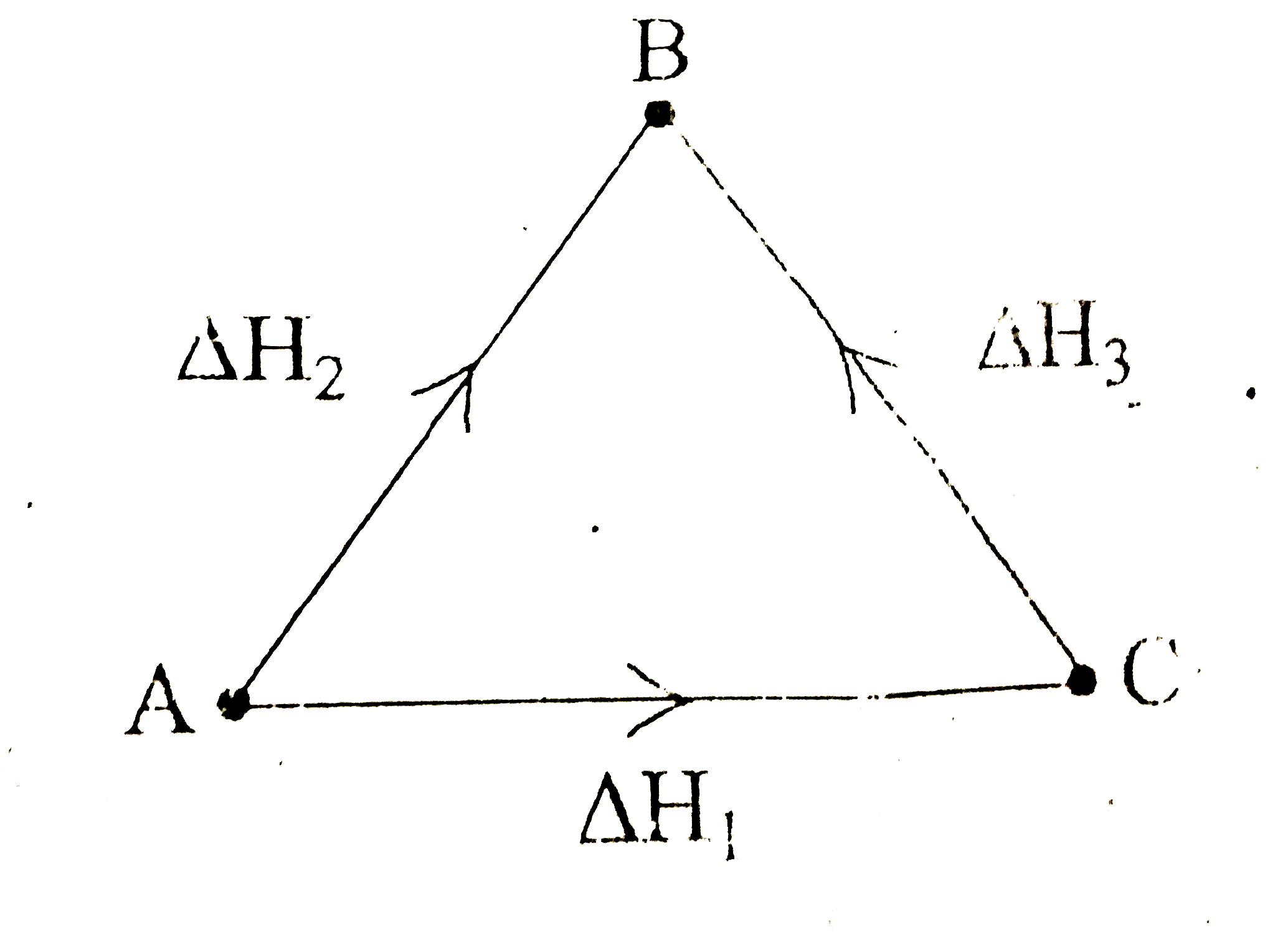State and explain Hess's law of constant heat summation.
Video Solution
Text Solution
Hess's law of constant heat summation : The law states that the change in enthalpy for a reaction is the same whether the reaction takes place in one step or a series of steps.
The Hess's law is a direct consequence of the fact that the enthalpy is a state function and so the enthalpy change depends only on the initial and final states of the system and not on the path by which the reaction takes place.
Example :
A→C,ΔH∘=ΔH1
Directly in a single step.
Reaction can also take place in two steps.
Step I. A→B,ΔH∘=ΔH2Step II. B→C,ΔH∘=ΔH3¯¯¯¯¯¯¯¯¯¯¯¯¯¯¯¯¯¯¯¯¯¯¯¯¯¯¯¯¯¯¯¯¯¯¯¯¯¯¯¯¯¯¯¯¯¯¯¯¯¯¯¯¯¯¯¯¯¯¯¯¯¯¯¯Overall A→C,ΔH∘=ΔH2+ΔH3
According to Hess's law,
ΔH1=ΔH2+ΔH3

|
Updated on:21/07/2023
Topper's Solved these Questions
- BOOK - GURUKUL PUBLICATION - MAHARASHTRA PREVIOUS YEAR PAPERSCHAPTER - JULY 2018EXERCISE - SECTION-II25videos
JULY 2018
- BOOK - GURUKUL PUBLICATION - MAHARASHTRA PREVIOUS YEAR PAPERSCHAPTER - JULY 2017EXERCISE - SECTION-II21videos
JULY 2017
- BOOK - GURUKUL PUBLICATION - MAHARASHTRA PREVIOUS YEAR PAPERSCHAPTER - MARCH 2014EXERCISE - Section - I42videos
MARCH 2014
Similar Questions
Knowledge Check
- Question 1 - Select One
Hess's law of constant heat summation is bases on
AE=mc2BConservation of massCFirst law of thermodynamicsDNone of the above - Question 2 - Select One
Hess's law of constant heat summation is bases on
AE=mc2BE=hvCFirst law of thermodynamicsDConservation of mass - Question 3 - Select One

On the basis of Hess's law of constant heat summation, choose the correct relation:Ab=a−cd+cBc=a−b+dCd=a+b+cDa−c=b+d

